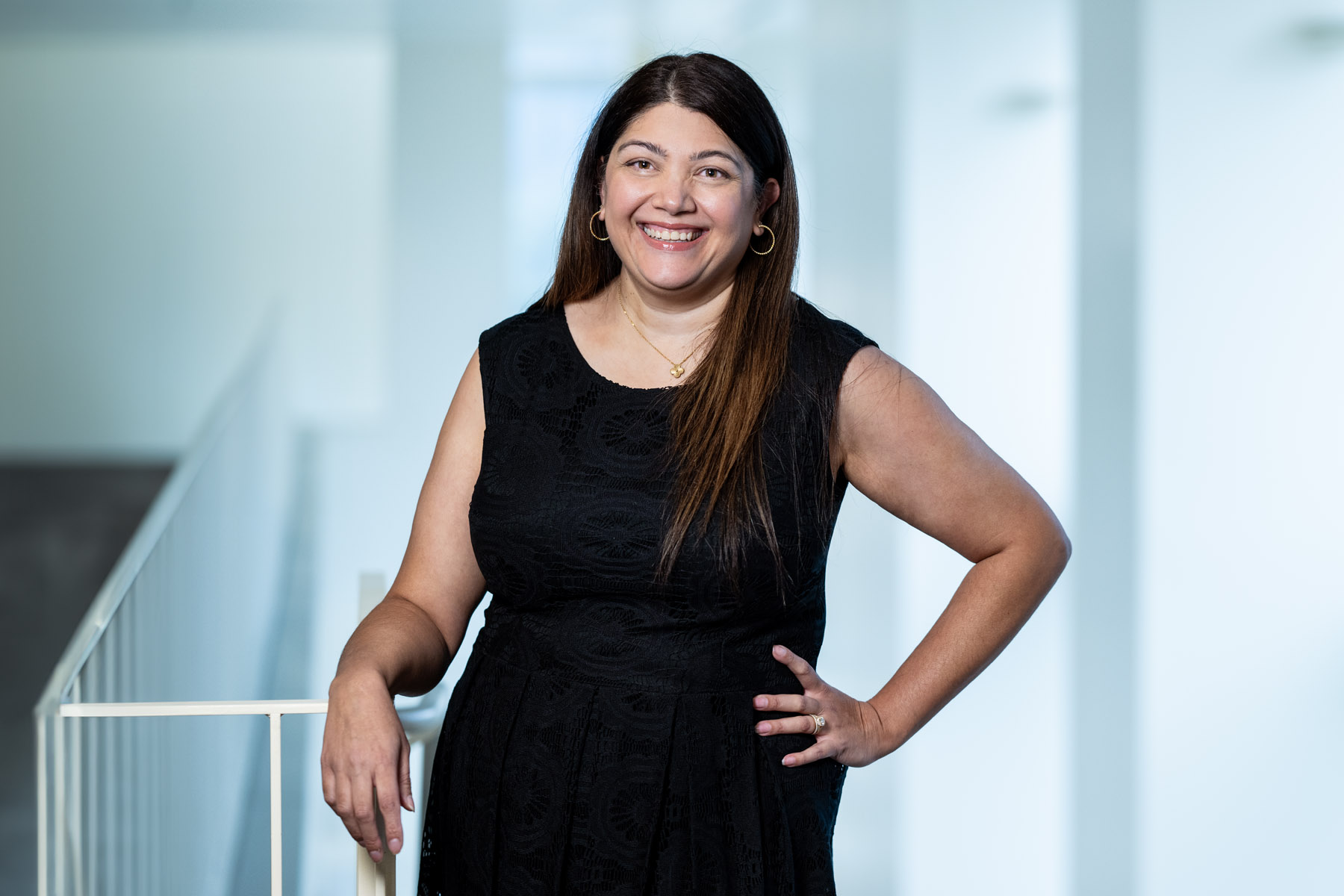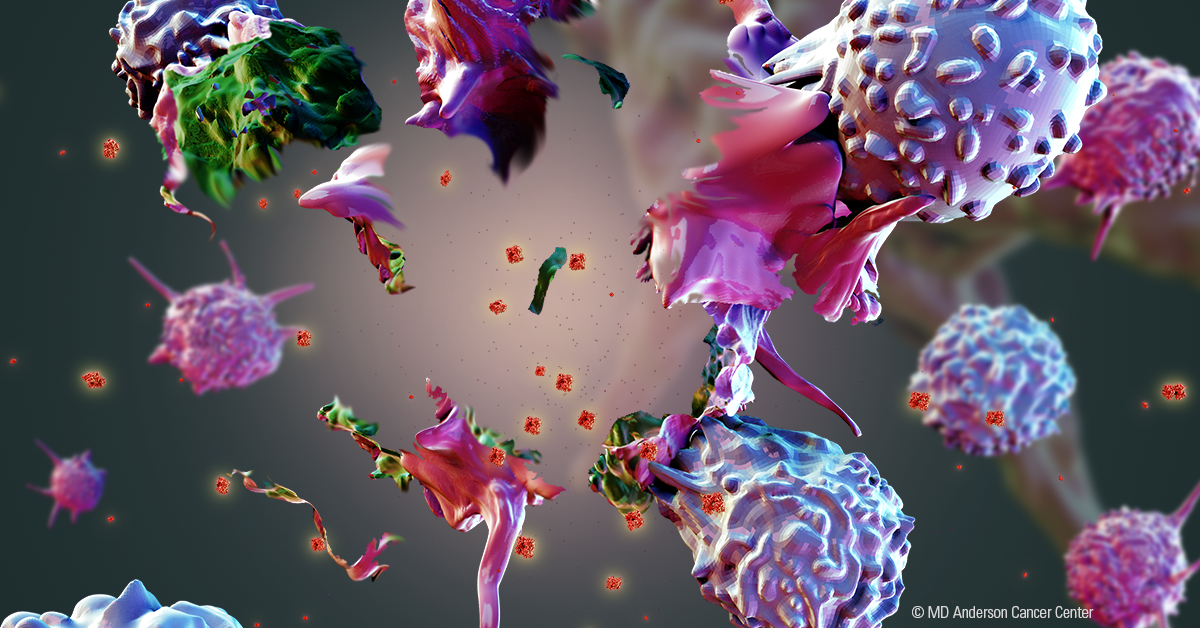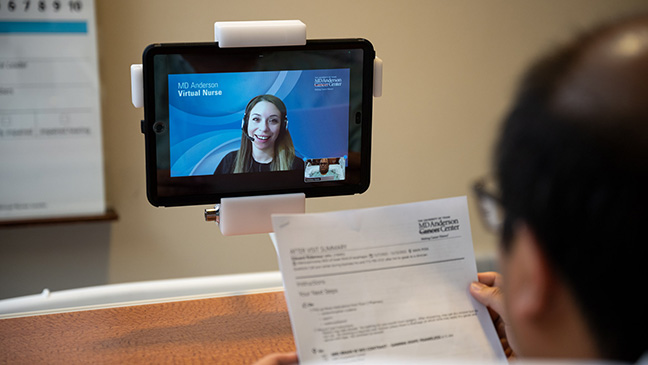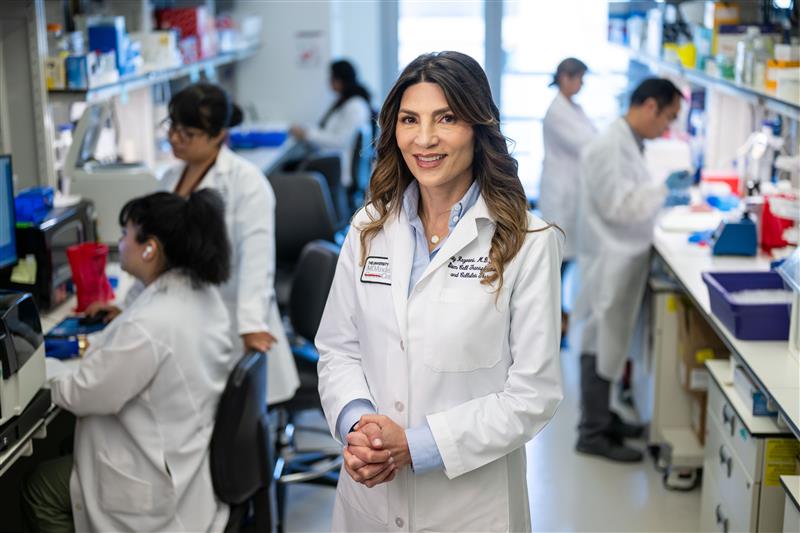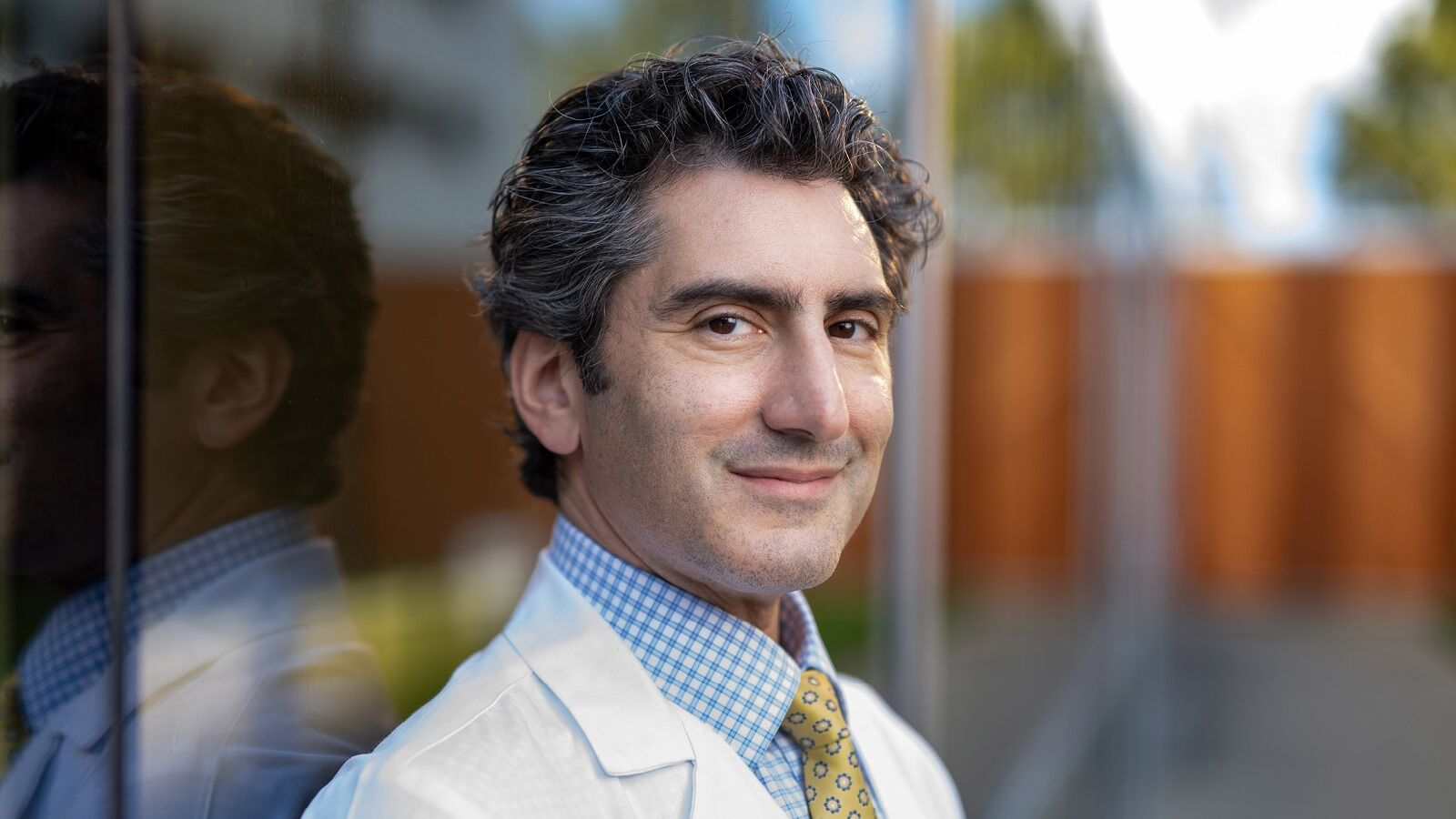- Diseases
- Acoustic Neuroma (14)
- Adrenal Gland Tumor (24)
- Anal Cancer (68)
- Anemia (2)
- Appendix Cancer (16)
- Bile Duct Cancer (26)
- Bladder Cancer (72)
- Brain Metastases (28)
- Brain Tumor (232)
- Breast Cancer (714)
- Breast Implant-Associated Anaplastic Large Cell Lymphoma (2)
- Cancer of Unknown Primary (4)
- Carcinoid Tumor (8)
- Cervical Cancer (158)
- Colon Cancer (166)
- Colorectal Cancer (118)
- Endocrine Tumor (4)
- Esophageal Cancer (44)
- Eye Cancer (36)
- Fallopian Tube Cancer (8)
- Germ Cell Tumor (4)
- Gestational Trophoblastic Disease (2)
- Head and Neck Cancer (12)
- Kidney Cancer (128)
- Leukemia (342)
- Liver Cancer (50)
- Lung Cancer (286)
- Lymphoma (278)
- Mesothelioma (14)
- Metastasis (30)
- Multiple Myeloma (100)
- Myelodysplastic Syndrome (60)
- Myeloproliferative Neoplasm (6)
- Neuroendocrine Tumors (16)
- Oral Cancer (100)
- Ovarian Cancer (172)
- Pancreatic Cancer (160)
- Parathyroid Disease (2)
- Penile Cancer (14)
- Pituitary Tumor (6)
- Prostate Cancer (146)
- Rectal Cancer (58)
- Renal Medullary Carcinoma (6)
- Salivary Gland Cancer (14)
- Sarcoma (238)
- Skin Cancer (296)
- Skull Base Tumors (56)
- Spinal Tumor (12)
- Stomach Cancer (64)
- Testicular Cancer (28)
- Throat Cancer (92)
- Thymoma (6)
- Thyroid Cancer (98)
- Tonsil Cancer (30)
- Uterine Cancer (80)
- Vaginal Cancer (16)
- Vulvar Cancer (20)
- Cancer Topic
- Adolescent and Young Adult Cancer Issues (20)
- Advance Care Planning (10)
- Biostatistics (2)
- Blood Donation (18)
- Bone Health (8)
- COVID-19 (362)
- Cancer Recurrence (120)
- Childhood Cancer Issues (120)
- Clinical Trials (632)
- Complementary Integrative Medicine (22)
- Cytogenetics (2)
- DNA Methylation (4)
- Diagnosis (232)
- Epigenetics (6)
- Fertility (62)
- Follow-up Guidelines (2)
- Health Disparities (14)
- Hereditary Cancer Syndromes (126)
- Immunology (18)
- Li-Fraumeni Syndrome (8)
- Mental Health (116)
- Molecular Diagnostics (8)
- Pain Management (62)
- Palliative Care (8)
- Pathology (10)
- Physical Therapy (18)
- Pregnancy (18)
- Prevention (918)
- Research (392)
- Second Opinion (74)
- Sexuality (16)
- Side Effects (604)
- Sleep Disorders (10)
- Stem Cell Transplantation Cellular Therapy (216)
- Support (402)
- Survivorship (322)
- Symptoms (182)
- Treatment (1786)
Study provides roadmap for sinonasal undifferentiated carcinoma treatment
3 minute read | Published January 27, 2021
Medically Reviewed | Last reviewed by an MD Anderson Cancer Center medical professional on January 27, 2021
When Robin Hollins was diagnosed with an aggressive type of cancer that begins in the lining of the nose and sinuses, she was eager to begin treatment.
But the skull base tumor, called sinonasal undifferentiated carcinoma (SNUC), was very rare. Only about 2,000 people in the United States develop SNUC each year, so few doctors have much experience treating it.
Robin’s doctor in Virginia referred her to skull base tumor specialist Ehab Hanna, M.D., who treats more patients with SNUC in a year than most oncologists see in their entire careers.
"Even though it’s a rare disease,” Hanna says, “SNUC is not rare at MD Anderson.”
Sinonasal undifferentiated carcinoma treatment without surgery
Hanna mapped out Robin’s treatment: 11 weeks of chemotherapy, followed by six weeks of proton therapy combined with chemotherapy.
“I was surprised when Dr. Hanna told me my treatment plan didn’t include surgery,” says Robin, who today shows no evidence of disease. “Had I gone someplace besides MD Anderson, I very likely would have had surgery.”
Evolving treatment for sinonasal undifferentiated carcinoma
Robin’s treatment plan and its results are among those included in an MD Anderson-led study that had transformed the way sinonasal undifferentiated carcinoma is treated.
Ever since SNUC was first described in 1987, doctors have debated how to treat it. Eventually, they collectively agreed that surgery and a combination of chemotherapy and radiation produced the best results. But they still didn’t know in what order those treatments should be given.
“We still had no clear guidelines on how to treat this disease,” says Moran Amit, M.D., Ph.D. “MD Anderson was fortunate to have a large number of SNUC patients, which presented a great opportunity for a clinical study.”
Data yields clear guidelines for SNUC treatment
Hanna, Amit and fellow MD Anderson researchers analyzed data from SNUC patients, like Robin, who underwent chemotherapy before receiving any other treatment. This step, called induction chemotherapy, was aimed at reducing the cancer’s size and its potential to spread. After induction chemotherapy was completed, the patients either underwent surgery followed by a combination of chemotherapy and radiation, or chemotherapy and radiation without surgery.
The study showed that patients whose cancer responded well to induction chemotherapy did best when they avoided surgery altogether and just had chemotherapy and radiation. Patients whose cancer continued growing despite induction chemotherapy did better when they had surgery before chemotherapy and radiation.
Chemotherapy and radiation without surgery extend patients’ lives
Survival rates for study participants were unprecedented. About 80% of those who had chemotherapy and radiation without surgery reached the five-year survival mark, while less than 50% who had surgery only reached that milestone.
And nearly two-thirds of patients enrolled in the study responded positively to induction chemotherapy. The results, which were published in the Journal of Clinical Oncology, finally gave physicians a clear roadmap for SNUC treatment.
“This has transformed the overall prognosis for patients with this aggressive disease,” Amit says, who’s received feedback from doctors across the world.
“Surgeons and oncologists in places like Peru, Australia, Germany, and Brazil have been asking for advice on how to apply the guidelines suggested in the paper,” he says.
The study represents a growing trend, in which surgeons are looking at whether patients really need surgery at all, and instead might be better served by another treatment option.
“I love doing surgery, but, before I am a surgeon, I am a doctor who cares for cancer patients,” Hanna says. “What’s most important is to deliver a finely tuned plan with the best outcomes. We have outlined a new treatment sequence for this deadly disease that is being adopted worldwide.”
The future of SNUC research
Researchers are now focused on helping patients who didn’t respond to induction chemotherapy. Specifically, they’re looking into the genomic and molecular makeup of the disease to understand what causes it.
“Because SNUC symptoms can often be mistaken for allergies or sinus infections, it’s often overlooked,” Hanna says. “By finding ways to catch it earlier, we’ll improve outcomes.”
Request an appointment at MD Anderson online or by calling 1-877-969-2759
Related Cancerwise Stories

We have outlined a new treatment sequence for this deadly disease that is being adopted worldwide.
Ehab Hanna, M.D.
Physician

